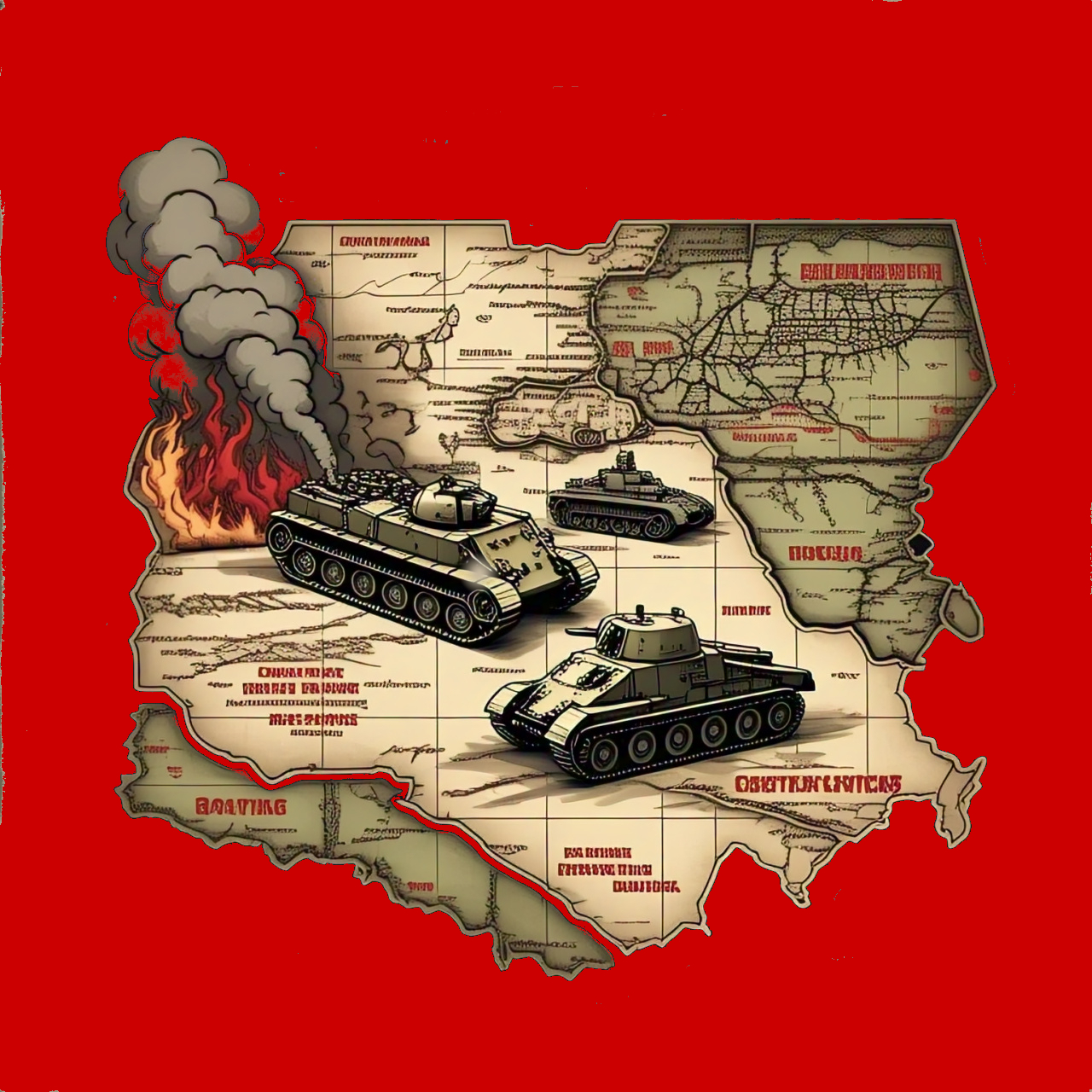Southern Front
The Southern Front formed in 1940 to oversee Soviet operations during the occupation of Bessarabia and Northern Bukovina. It coordinated three armies, including the 5th, 9th, and 12th, showcasing strategic brilliance and resilience. The front’s leadership and forces contributed significantly, reflecting exceptional tactical expertise and dedication throughout its operational history.

Commanders
Army General Ivan Tyulenev, 6th June 1941 to 8th August 1941

Army General Ivan Tyulenev commanded the Soviet Southern Front during the war’s initial, challenging period; he directed defensive operations. Tyulenev’s leadership focused on containing the German offensive, he strove to maintain the army’s cohesion amidst heavy losses. He faced immense pressure, he worked to prevent a complete collapse of the southern defenses.
Lieutenant General Dmitry Ryabyshev, 30th August 1941 to 5th October 1941

Lieutenant General Dmitry Ryabyshev took command of the Southern Front during a critical period; he attempted to stabilize the crumbling defenses. Ryabyshev’s leadership focused on counterattacks, he sought to disrupt the German advance and regain lost territory. He faced significant challenges, he struggled to coordinate forces amidst the chaos of retreat.
Colonel General Yakov Cherevichenko, 5th October 1941 to 5th December 1941

Colonel General Yakov Cherevichenko assumed command of the Southern Front during a tumultuous phase; he implemented strategic shifts. Cherevichenko’s leadership focused on reorganizing depleted units, he aimed to build a stronger defensive line. He faced a complex situation, he worked to restore morale and operational effectiveness.
Lieutenant General Rodion Malinovsky, 24th December 1941 to 28th June 1942

Lieutenant General Rodion Malinovsky led the Southern Front through intense battles; he directed strategic withdrawals and counteroffensives. Malinovsky’s command emphasized operational adaptability, he sought to preserve forces while inflicting maximum damage. He demonstrated tactical acumen, he worked to navigate the complex challenges of the Eastern Front.
Colonel General Andrei Yeremenko, 1st January 1943 to 2nd February 1943

Colonel General Andrei Yeremenko commanded the Southern Front during World War II, showcasing exceptional leadership and strategic brilliance. He directed critical operations effectively, contributing significantly to Soviet military successes. His efforts highlighted his tactical expertise and resilience, earning him recognition as a decorated officer for his dedication and achievements.
Lieutenant General Rodion Malinovsky, 2nd February 1943 to 22nd March 1943

Lieutenant General Rodion Malinovsky commanded the Southern Front during World War II, showcasing exceptional leadership and strategic brilliance. He directed critical operations effectively, contributing significantly to Soviet military successes. His efforts highlighted his tactical expertise and resilience, earning him recognition as a decorated officer for his dedication and achievements.
Colonel General Fyodor Tolbukhin, 22nd March 1943 to 20th October 1943

Colonel General Fyodor Tolbukhin commanded the Southern Front during crucial offensives; he directed forces in key operations. Tolbukhin’s leadership emphasized meticulous planning, he aimed to achieve decisive breakthroughs against Axis forces. He demonstrated strategic vision, he worked to exploit enemy weaknesses and advance deep into enemy territory.
Active
- 1940 to
Engagements
- Bessarabia and Northern Bukovina
- Odessa
- Rostov-on-Don
- Second Battle of Kharkov
- Battle of Stalingrad
Army Composition
1st April 1943
- 2nd Guards Army
- 5th Shock Army
- 28th Army
- 44th Army
- 51st Army
- 8th Air Army
History

The Southern Front directed Soviet operations during the occupation of Bessarabia and Northern Bukovina in 1940, showcasing strategic brilliance. It coordinated three armies, including the 5th, 9th, and 12th, effectively managing defensive and offensive campaigns. The front’s leadership and forces demonstrated exceptional tactical expertise, contributing significantly to Soviet military successes.
After the German invasion in 1941, the Southern Front was re-formed to counter advancing Axis forces in southern Ukraine. It defended Odessa and conducted a successful counteroffensive at Rostov-on-Don, halting the German advance. The front’s operations reflected resilience and adaptability, earning recognition for its critical contributions.
In 1942, the Southern Front participated in the Donbass and Barvenkovo-Lozovaia operations, showcasing its strategic importance. It faced challenges during the Second Battle of Kharkov but continued contributing to Soviet efforts. The front was eventually disbanded, with its forces transferred to the North Caucasus Front.
Gallery



Other blog categories that may be of interest. 10mm ACW Project, 10mm AWI Project, 10mm AZW Project, 10mm CGW Project, 10mm FIW Project, 10mm Sci-Fi Projects, Aliens, Dropzone Commander, Terra Nova, 10mm WWI Project, 10mm WWII Project, 10mm Zombie Project, Battle Reports & Scenarios, Making Scenery & Terrain, Painting Guides, Shows & Events, Solo Wargaming, Wargaming Projects, Wargaming Rules.


Leave a Reply